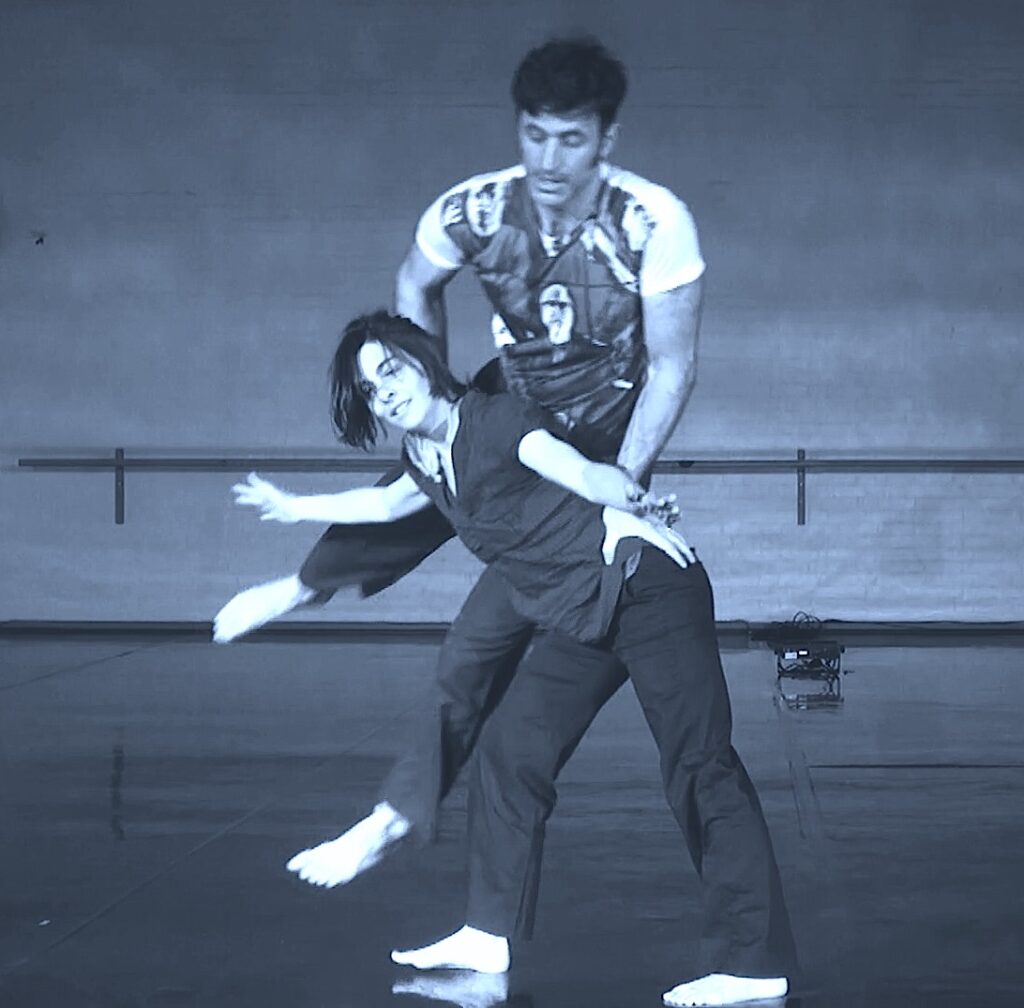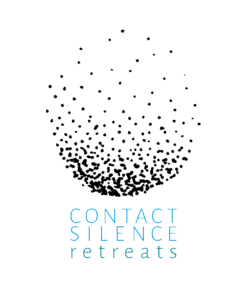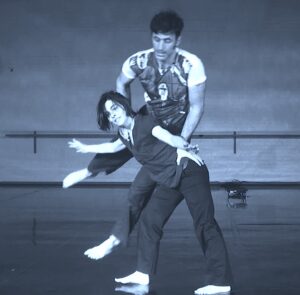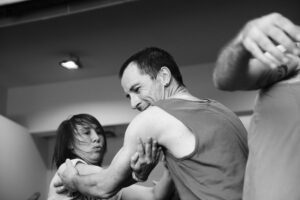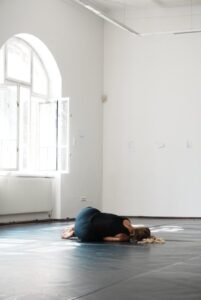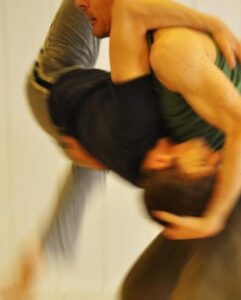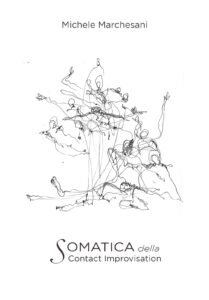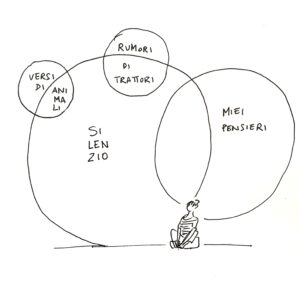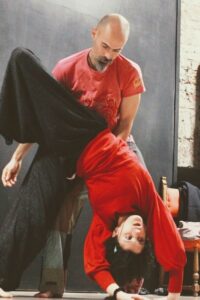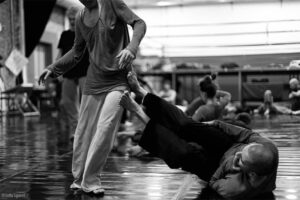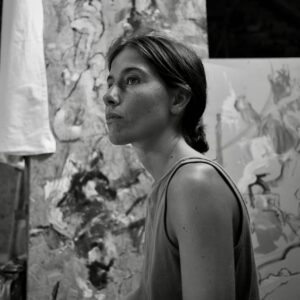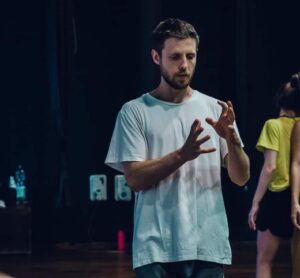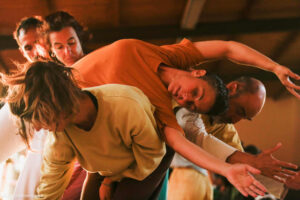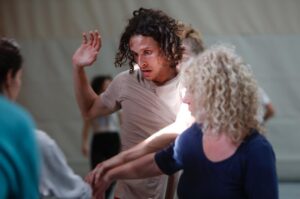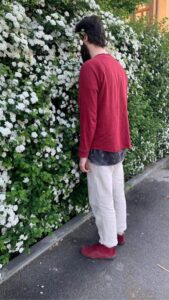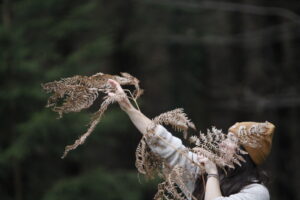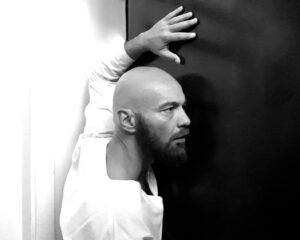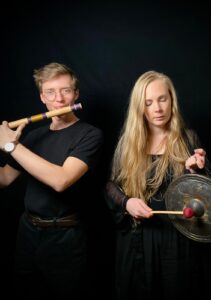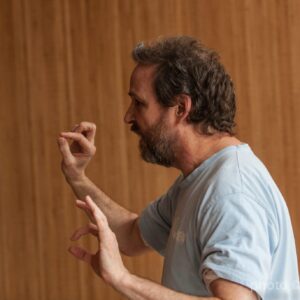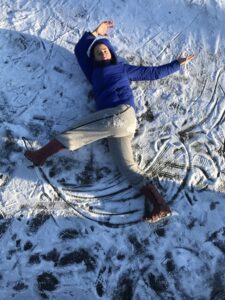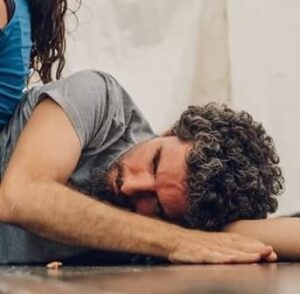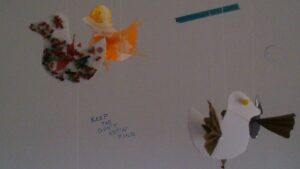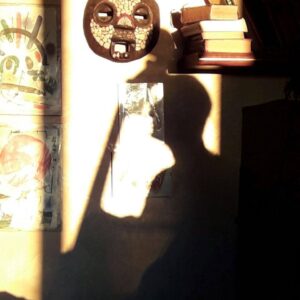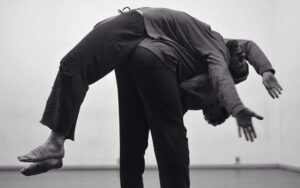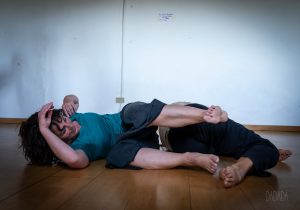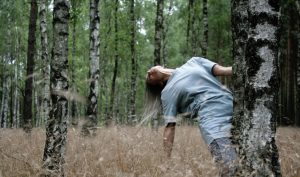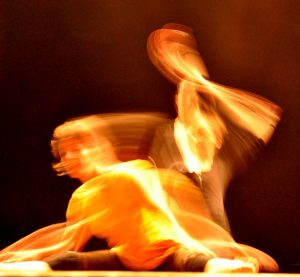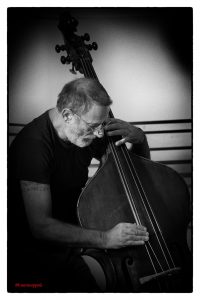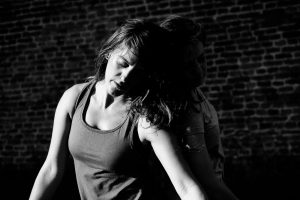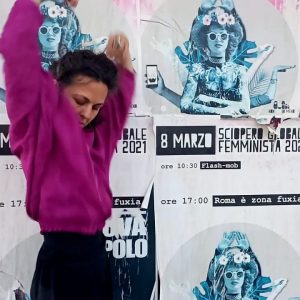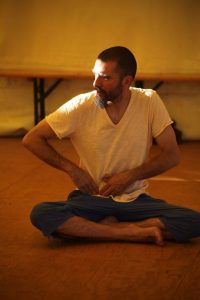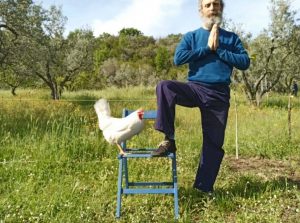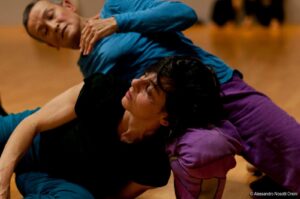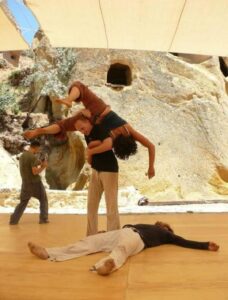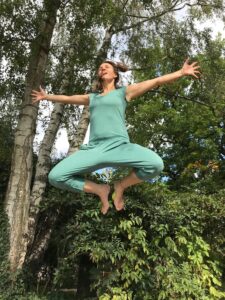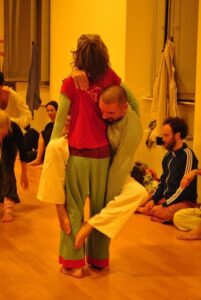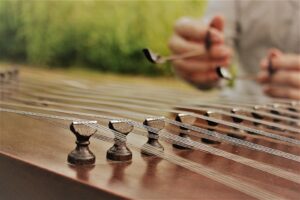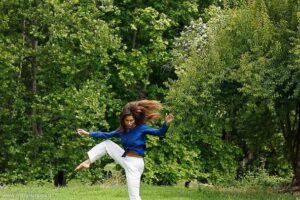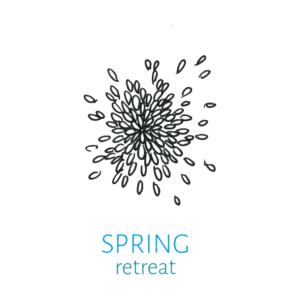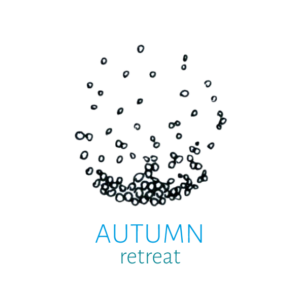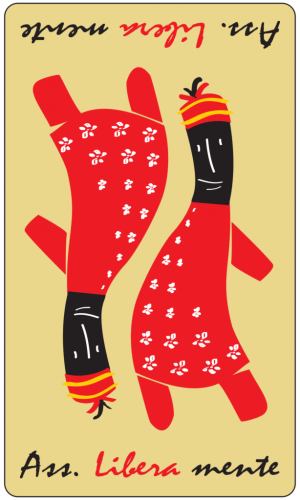Part of the learning process for me is taking ideas/thoughts/nuggets/movements/pathways
that I have gathered from teachers I have met along the way and modifying them, putting
them in different contexts, doing them (in)correctly.
Even though I have only taken a few classes from Daniel Lepkoff, I find his text Contact Improvisation: A Question to be quite influential in how I approach CI.
I created the text below by pulling out nuggets
from Daniel’s text, putting them in a different context using a randomizer and re-doing them (in)correctly.
Contact Improvisation: a synaptic architecture
What do you need to know?
Which of these surfaces offers support?
Where am I able to go?
The body has an innate ability to respond physically to its environment.
CI’s initial stance empowers an individual to rely on their own physical intelligence; to
meet their moment with senses open and perceptions stretching and compose their own
response.
This spontaneous physical material can be viewed as danced composition
Where do I think I am going?
What do you imagine?
In Contact Improvisation, one finds oneself in circumstances that demand accessing support from any area of one’s own body surface, in physical contact with any area of another person’s body surface, both of which are in motion.
To prepare for and survive the surprises of Contact Improvisation what does one visualize when entering a dance.
Where is my center?
Where is down?
This questioning, rather than formulated within one’s verbal mind, is formulated and resides within the tissues of the body: bones, muscles, organs, nerves, brain, and is a level of physical functioning that is ordinarily unconscious.
In this situation, one is not able to rely on habits, the reflexes take over, and the rest is
history.
If Contact Improvisation is the physical act of posing a question about one’s own present
circumstance, then the work is ever expansive and has applications to dance well beyond
the manifestation of the duet interaction.
